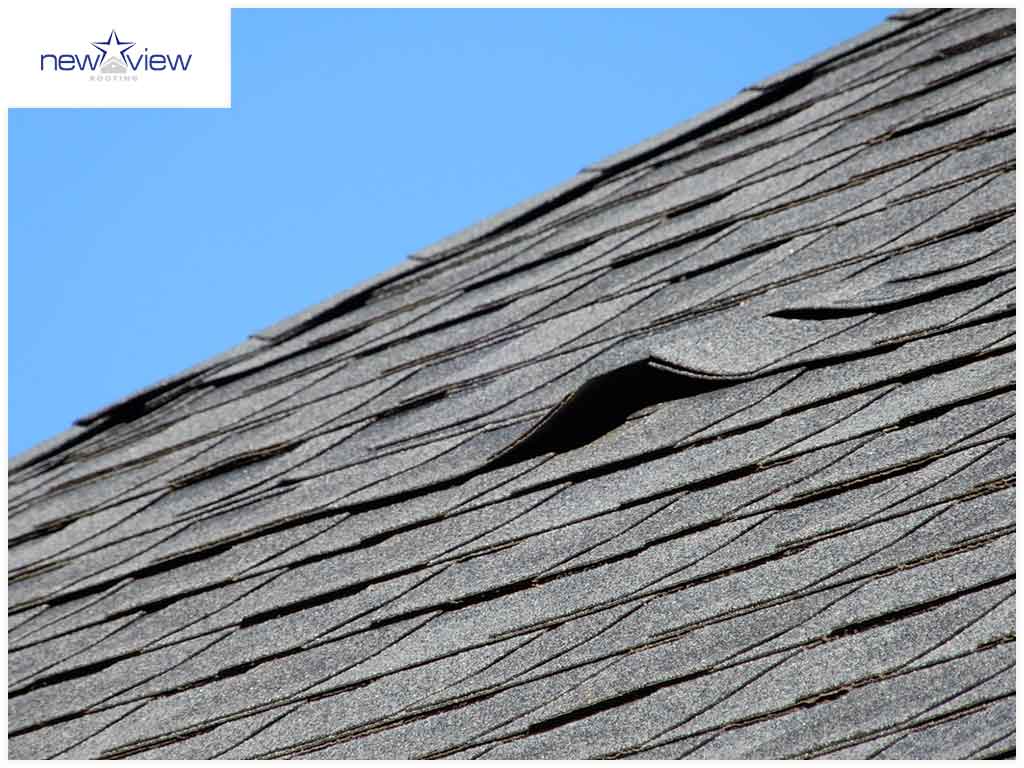Shingle blisters on your roof can be a cause for concern and require attention to maintain the integrity and aesthetics of your home. These unsightly bulges or bubbles that appear on shingles can be indicative of underlying issues that need to be addressed promptly. In this article, we will delve into the causes of shingle blisters, their potential consequences.

1. What are Shingle Blisters? Identifying the Problem
Shingle blisters, also known as shingle bubbles or shingle blisters, are raised areas that form on the surface of asphalt shingles. These blisters can vary in size and may appear as small bubbles or larger bulges on individual shingles or across the entire roof. Shingle blisters are often caused by trapped moisture or air within the shingle layers, leading to the formation of bubbles.
2. Causes of Shingle Blisters: Understanding the Culprits
There are several factors that can contribute to the formation of shingle blisters on your roof. One common cause is poor ventilation, which can trap heat and moisture within the attic and roof structure, leading to excessive moisture buildup. Another factor is improper installation, such as inadequate fastening or improper sealing of the shingles. Environmental factors like high humidity or extreme temperature changes can also contribute to the formation of shingle blisters.
3. Consequences of Shingle Blisters: Potential Risks and Damages
Ignoring shingle blisters can lead to potential risks and damages to your roof. The trapped moisture within the blisters can accelerate the deterioration of the shingles, causing premature aging and reducing their lifespan. Additionally, shingle blisters can compromise the structural integrity of the roof, making it more susceptible to leaks, water damage, and mold growth. Addressing shingle blisters promptly can help prevent further damage and ensure the long-term performance of your roof.
4. Resolving Shingle Blisters: Taking Action
When dealing with shingle blisters, it is crucial to consult a professional roofing contractor who can assess the extent of the problem and recommend appropriate solutions. Depending on the underlying cause, the solutions may involve improving ventilation, repairing or replacing damaged shingles, or addressing any other contributing factors. Proper installation techniques, such as using high-quality materials and ensuring adequate ventilation, can help prevent future occurrences of shingle blisters.
Conclusion:
Shingle blisters on your roof should not be overlooked, as they can indicate underlying issues that require attention. By understanding the causes and consequences of shingle blisters, you can take the necessary steps to address the problem and protect your roof from further damage. Consulting a professional roofing contractor is essential to accurately diagnose the issue and implement effective solutions. With prompt action and proper maintenance, you can maintain the integrity and longevity of your roof.



Leave a Reply